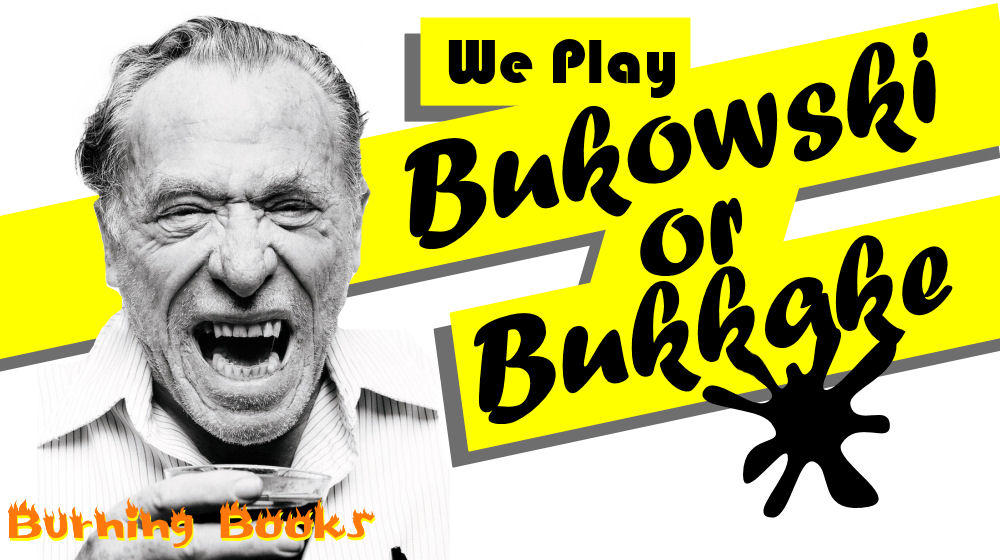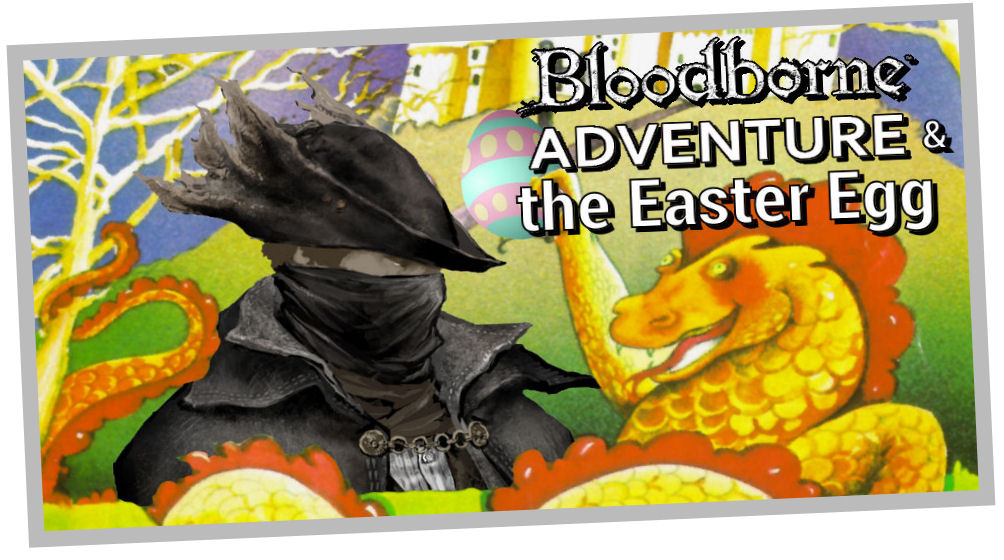Super Mario Bros. 3 by Alyse Knorr, a Boss Fight Books Review
I’m reviewing all of the Boss Fight Books releases, so subscribe to this channel and click the bell notification icon to be sure you don’t miss future reviews.
Writing a book about Super Mario Bros 3 can only be a daunting task. I haven’t confirmed this assumption with the author of this book, Alyse Knorr, but if I had asked her and she said it wasn’t daunting, I wouldn’t have believed her. This is a game that’s been played and poured over for decades. It’s often cited by gamers as the best video game ever, or at least their favorite of all time. This is a game that raised the bar for all 2D side-scrolling platformers to come. But beyond all that, writing a book about Super Mario Bros. 3 must surely be intimidating, knowing that so many books have already been written about the game, about the game’s creator, and about the company behind the game. So what is a writer to do?
In Knorr’s case, she does a little bit of a lot of things. This book made me realize the polarizing approaches a writer must take when tackling such huge franchises. The writer could choose to either dive deep into history to create a definitive text, like Jon Irwin does with Super Mario Bros. 2. Or the writer could choose to make a more personal memoir approach like Michael Kimball does with Galaga. All Boss Fight Books have a mix of both, but in Knorr’s case the Venn diagram overlaps so completely that it’s hard to latch on to a narrative thru-line. The book reads like a disjointed love letter at times, but I have to ask: given the enormity of the task–to write a book about Super Mario Bros. 3–could this book have been anything other than a love letter?
The book is at its best when it digs into the author’s personal associations with the game and how those landmarks have shaped her life. There’s a beautiful image toward the beginning of her playing SMB3 with her father. This image frames the book as Knorr recounts at the end of the book playing the game again with her father after a 24 year hiatus. There’s an endearing scene when Knorr watchers her older father playing terribly. The reader worries for a moment that the father’s skills have fallen away, hinting perhaps at him having moved on with his life, leaving those memories that Knorr holds so dear just soured remnants that he may not have appreciated as much. But in a moment of levity, it turns out the B button on the controller simply wasn’t working. After fixing that, Knorr and her father were their 24-year younger selves again.
Knorr also explores how the game’s damsel trope–save the princess–helped her explore her homosexuality in a safe environment.
These personal connections are when the book is the strongest. I just wish they were more focused. Rather than peppering mentions throughout, I feel like the book could have been stronger if these were explored in their own, dedicated chapters.
The book is a fun read. It conveys a passion for video games that all gamers can appreciate. If you are a fan of Super Mario Bros. 3, and perhaps you haven’t played it in a couple of decades, maybe go back and play it while reading this book. Think of Alyse Knorr as your guide through nostalgia. And as that, this book is a great guide.
Mentioned
Music Credits
8bit Dungeon Level Kevin MacLeod (incompetech.com), Licensed under Creative Commons: By Attribution 3.0 License, http://creativecommons.org/licenses/by/3.0/


